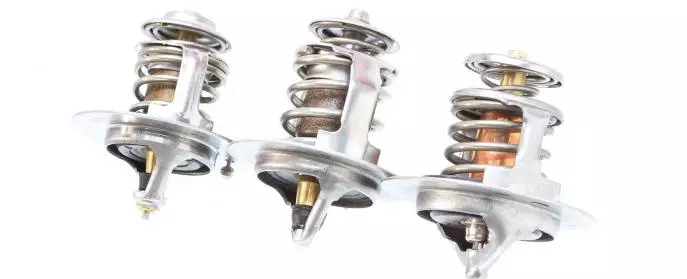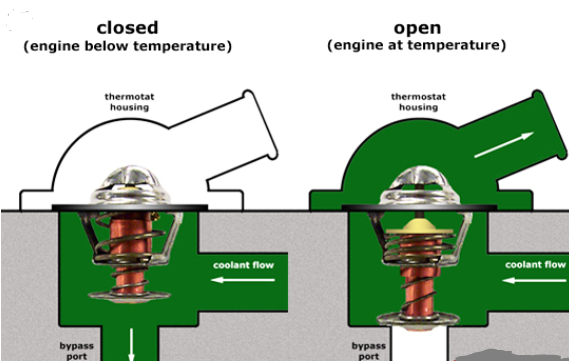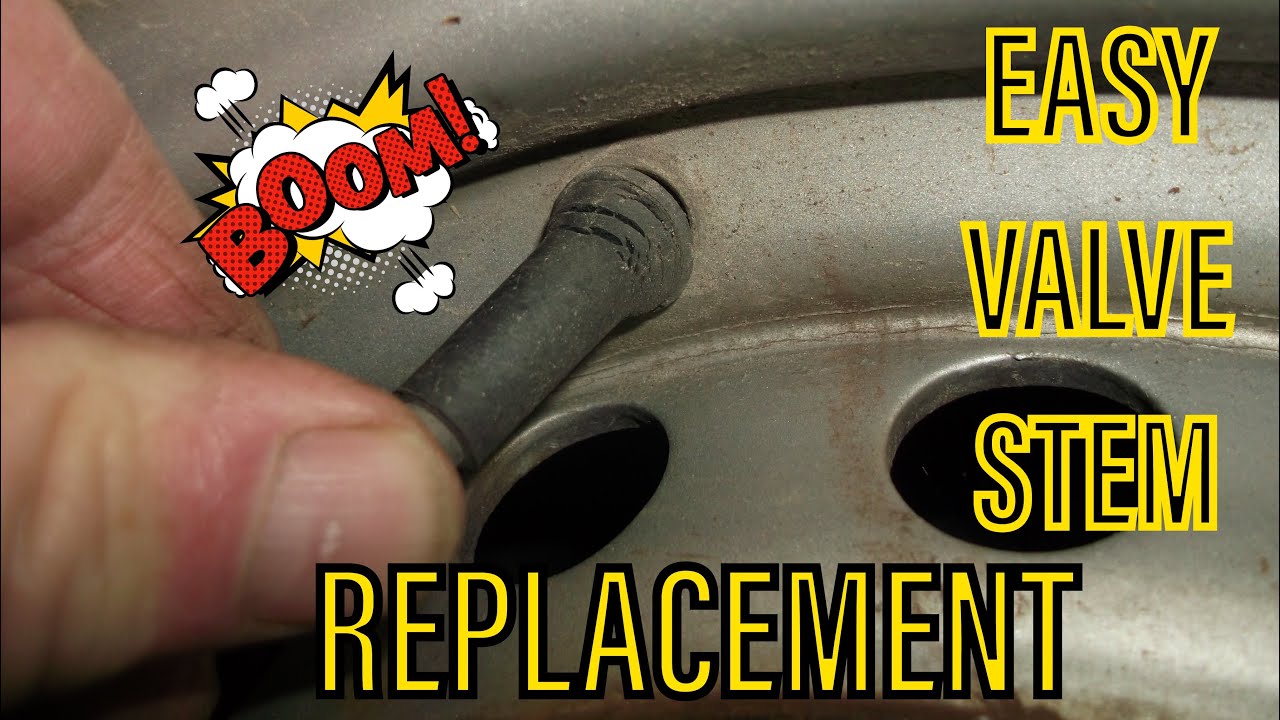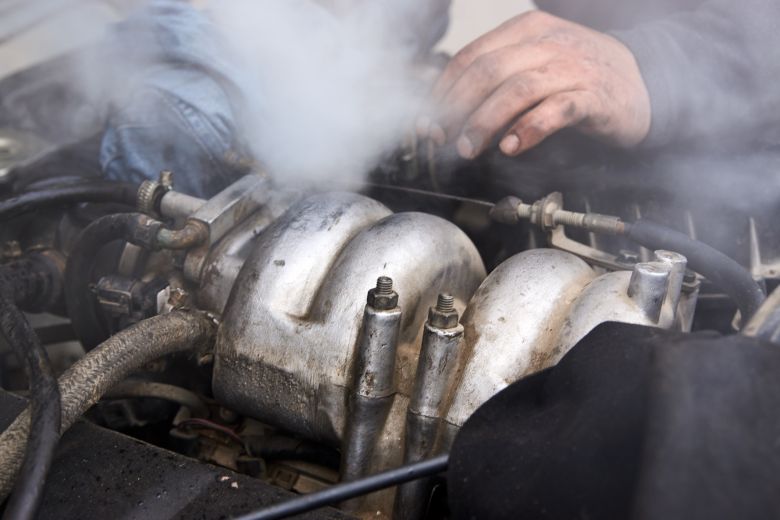What Causes a Thermostat to Fail
Thermostat failure is often due to electrical issues, wear and tear, or dust accumulation. A malfunctioning thermostat can disrupt home temperature regulation.
A thermostat is essential for maintaining the desired temperature within your home or office. It acts as a control panel for your heating and air conditioning system, responding to the actual ambient temperature and adjusting the environment accordingly. Various factors can lead to a thermostat’s downfall, impacting comfort and energy efficiency.
Electrical problems like short circuits, old or corroded wiring, and drained batteries are common culprits. Over time, mechanical parts can wear out, and the accumulation of dirt can interfere with performance, leading to inaccurate temperature readings and response times. Ensuring your thermostat is free from these issues is key to a reliable and efficient HVAC system. Regular checks and maintenance can prevent unexpected failures and keep your living or working spaces comfortable throughout the year.
Symptoms Of Thermostat Failure
Knowing the symptoms of thermostat failure can stop small issues from growing. A thermostat acts as the home’s temperature regulator. Spotting signs early leads to quick fixes. Let’s explore common symptoms.
Erratic Temperature Changes
An unreliable thermostat often causes sudden temperature shifts. Comfort at home gets hard as rooms may suddenly get hot or cold. This sign points to a possible thermostat issue.
- Living space feels unexpectedly warmer or cooler.
- Temperature swings without any setting changes.
- Frequent on-off cycles of the heating or cooling system.
Heater Or Ac Inefficiency
High energy bills may indicate a struggling thermostat. The heating or AC systems work harder. It’s a clear sign if the heater or AC seems to run non-stop.
| System | Normal Operation | With Failed Thermostat |
|---|---|---|
| Heater | Cycles to maintain set temperature. | Runs continuously, doesn’t shut off. |
| Air Conditioner | Turns off when the room is cool. | Keeps running without cooling effectively. |
Watch for these signs to maintain a comfortable and efficient home.

Credit: hackaday.com
Electrical Issues Leading To Malfunction
Thermostats are crucial for maintaining comfort in homes and offices. Yet, they can fail. One common reason is electrical issues. These problems might stop thermostats from working right. They need fixing quickly.
Wiring Faults
Wires are like the veins of a thermostat. A loose connection or a bare wire can cause big problems. Wiring issues often come from aging or poor installation. Here are some signs of wiring faults:
- Thermostat not stable: Turns off or on by itself.
- Wrong temperature readings: Showing hotter or colder than real.
- No power: Thermostat screen blank or not responsive.
Sensor Failures
Sensors tell the thermostat the room’s temperature. When they fail, the thermostat gets confused. Wrong temperature control is often the result. Look out for these signs:
- Rapid cycling: Heating or cooling turns on and off too fast.
- Constant temperature: No change even when adjusting setting.
- Inaccurate display: Shows wrong temperature.
Mechanical Wear And Tear
Thermostats, like any other mechanical device, are prone to wear and tear over time. This deterioration can lead to inaccurate temperature control and even complete failure. Understanding the aging process and the impact of corrosion is critical for maintaining an effective and reliable heating and cooling system.
Aging Components
As thermostats age, their components become less effective. Common signs include:
- Delayed response to temperature changes
- Unusual temperature fluctuations
- Inability to reach set temperatures
Corrosion And Deposit Buildup
Corrosion and deposit buildup can majorly disrupt thermostat function. These issues often arise from:
| Source | Effect on Thermostat |
|---|---|
| Moisture | Rust and component malfunction |
| Dust and Debris | Insulation issues leading to misreadings |
| Chemical Exposure | Accelerated component degradation |
A regular check-up helps prevent these issues and prolongs thermostat life.
:max_bytes(150000):strip_icc()/thermostat-173583666-19afae19461c4169877d0ab5698a01c3.jpg)
Credit: www.thespruce.com
Impact Of External Factors
Impact of External Factors plays a crucial role in the lifespan of thermostats in homes. Certain conditions can reduce their efficacy or cause them to fail altogether. Let’s uncover these elements and understand how they affect thermostat performance.
Environmental Extremes
Thermostats are sensitive to the environment. Extreme conditions can lead to malfunctions. Temperature affects components inside the thermostat. Humidity can cause internal corrosion. Dust accumulation impacts sensor accuracy. These factors result in inaccurate temperature readings or device failure.
Power Surges And Outages
Sudden increases in electrical current, known as power surges, pose serious threats to thermostats. They can occur during lightning strikes or due to issues in the power grid. Power surges may damage the circuitry of thermostats, leading to irreversible failure. On the other hand, power outages may reset thermostat settings causing disruptions in performance. Continuous outages may weaken the thermostat’s internal battery, reducing reliability.
- Power Surge Effects:
- Short-circuiting of internal components
- Loss of thermostat programming
- Potential damage to HVAC system
- Power Outage Impacts:
- Resets and loss of custom settings
- Wears down the backup battery
- Can cause intermittent performance issues
Troubleshooting Thermostat Problems
Experiencing thermostat issues can be frustrating, leading to uncomfortable indoor temperatures and potential increases in energy bills. Identifying the problem is the first step in getting your heating and cooling system back on track. Below are practical troubleshooting tips to pinpoint and resolve common thermostat failures.
Diy Checks
Before calling a professional, try these simple checks:
- Power Supply: Verify your thermostat’s batteries or power source.
- Cleanliness: Dust and debris can impact performance. Clean the thermostat gently.
- Settings: Ensure the thermostat is set to your desired mode and temperature.
- Circuit Breaker: Check if the breaker is tripped, affecting the thermostat’s power.
- Wiring: Look for any loose wires or connections within the thermostat housing.
Professional Diagnostic Steps
If DIY checks don’t solve the issue, it’s time for a professional assessment:
- Voltage Test: A technician will use a multimeter to check for electrical problems.
- Component Inspection: Each thermostat component gets inspected for damage.
- Calibration Check: Calibrating your thermostat ensures accurate temperature control.
- System Compatibility: Experts determine if the thermostat matches your HVAC system.
- Advanced Troubleshooting: They may also use specialized diagnostic tools to uncover less obvious issues.

Credit: haynes.com
Preventive Measures And Maintenance
Preventive Measures and Maintenance are key in prolonging the lifespan of your thermostat. Neglect often leads to failure, but with routine care, you can avoid common pitfalls. Let’s delve into the measures you can take to keep your thermostat in prime condition.
Regular Check-ups
Ensure your thermostat functions correctly by scheduling regular check-ups. These involve:
- Inspecting for dust and dirt build-up
- Checking battery levels and connections
- Verifying accurate temperature readings
The table below outlines an ideal maintenance schedule:
| Frequency | Tasks |
|---|---|
| Monthly | Clean and remove debris |
| Bi-annually | Professional inspection |
| Annually | Battery replacement |
Upgrading Thermostat Technology
Embrace modern thermostat technology for enhanced performance.
Benefits include:
- Improved energy efficiency
- More accurate temperature control
- Long-term cost savings
Consider smart thermostats for features like remote adjustments and usage reports.
Frequently Asked Questions On What Causes A Thermostat To Fail
What Are Common Signs Of Thermostat Failure?
A faulty thermostat may manifest through inconsistent indoor temperatures, the HVAC cycling too frequently or not enough, and elevated energy bills. Such inconsistencies in heating or cooling often signal the need for a thermostat evaluation.
How Can Electrical Issues Cause Thermostat Problems?
Electrical issues such as short circuits, blown fuses, or tripped circuit breakers can disrupt the power supply to the thermostat, causing it to malfunction or fail completely. Regularly checking wiring and connections can prevent these problems.
Can Dust And Dirt Lead To Thermostat Malfunction?
Accumulated dust and dirt inside a thermostat can interfere with its mechanical and electrical components, leading to inaccurate temperature readings and system failures. Cleaning the thermostat can often resolve or prevent such issues.
What Is The Lifespan Of A Typical Home Thermostat?
Most home thermostats can last between 10 to 15 years. However, as technology advances and mechanical parts wear out, it may be beneficial to replace an older thermostat to ensure efficient system operation and newer features.
Conclusion
Understanding thermostat failure is key to maintaining a comfortable and energy-efficient home. Regular checks can prevent unexpected issues, such as electrical problems or dust buildup. By addressing common causes of failure, like aging components or incorrect installation, homeowners can ensure reliable performance.
Remember, a functional thermostat is the heart of your home’s climate control.






